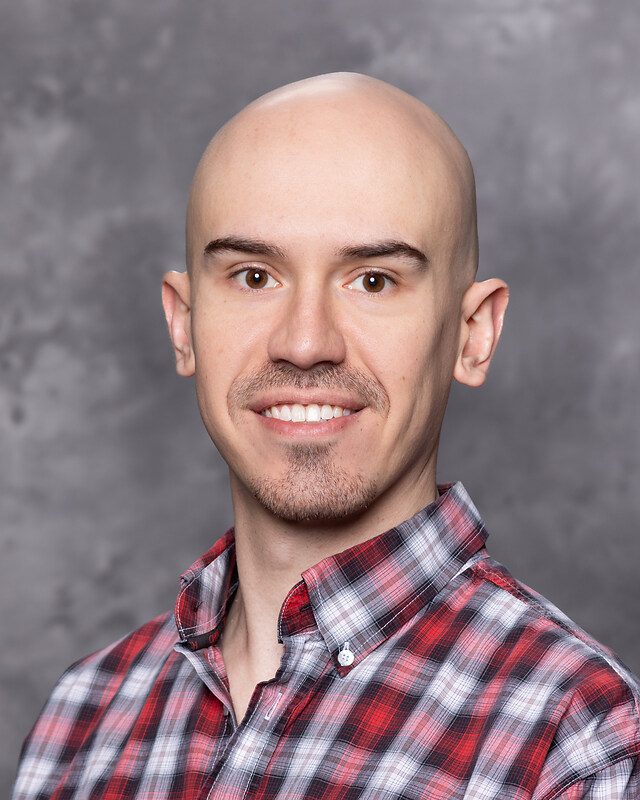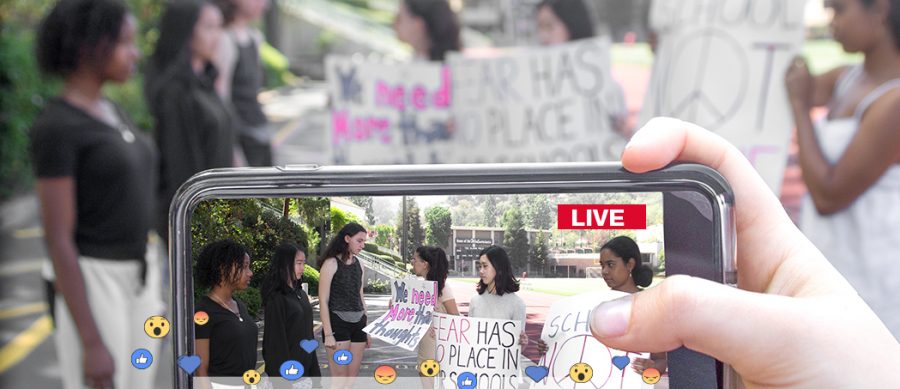Two months ago, Silicon Valley resident Charlotte Willner returned home from vacation to long conversations with her Pinterest co-workers about the Trump administration’s “zero-tolerance” family separations at the US-Mexico border.
Inspired to take action, she began a Facebook fundraiser with her husband to raise over a thousand dollars to help reunite families at the border for the Refugee and Immigrant Center for Education and Legal Services.
The initial fundraising goal was $1500. Less than two months later, the Willners had raised more than $20 million, breaking Facebook’s fundraising record.
“Social media was the only way this campaign had the reach it did,” Willner said. “By the time it was a week old, most people in America knew at least one person who had donated. Most people found out about these families through social media too, so it was great to have one place to learn more and then donate to the cause.”
According to the Pew Research Center, 20 percent more American adults are using Instagram than six years ago, and ten percent more American adults are using Facebook than six years ago. As social media usage increases, so does the usage of social media platforms for activism-related purposes.
In a Chronicle poll, 95% of the 326 respondents said they have some form of social media, and 95% of those respondents said they have seen politically-influenced posts. Social media has provided an outlet for users to produce and share content easily, Emma Poveda ’20 said.
“Because of the instant satisfaction people gain from receiving comments, especially in posts concerning political and societal issues, we are seeing people use their social accounts as platforms for their own commentary and thoughts,” Poveda said.
Social media has the power to influence a much larger group of people than other platforms have before, Nicky Colaco, former Director of Public Policy at Instagram, said.
“Social media opens a whole new world for you,” Colaco said. “It’s a continuation of who we are as people online, but it reduces a lot of the barriers to activism that existed before. You don’t have to be a professional fundraiser to really make a difference.”
In cases like the Willner’s fundraiser, social media has allowed individuals from more diverse communities and backgrounds to come together with a common goal, Willner said.
“It was a very public demonstration of the scale of Americans’ outrage from across the political spectrum,” Willner said. “Even some supporters of the president were donating, saying they may support him on a lot of things but not on this policy. Though we seem so divided as a country, there are still some things we can come together on.”
On the other hand, with more politically or socially controversial cases, social media can exacerbate the conflicts between different groups, Assistant Professor at the University of Pennsylvania Annenberg School of Communications Jessa Lingel said. Lingel, who studies digital culture and the impact of technology on social change, said that social media’s influence over the 2016 presidential election, which included fake news and the ongoing Cambridge Analytica Facebook scandal, changed people’s’ perception of the Internet as a democratic tool.
“The election made people question the good of the Internet, but [social media] also has developed in ways that make it harder and harder to reach a diverse audience,” Lingel said. “As social media platforms have diversified, it has become increasingly more likely that you fall into silos of people that are more like you than different.”
Social media’s power within the confines of political silos has increased dramatically, especially in response to many of the Trump administration’s policies, Lingel said.
For example, Deena Katz (Cami ’19), co-executive director of the Women’s March LA Foundation and organizer of March for Our Lives, coordinated marches using social media platforms, such as Facebook and Instagram, to advocate for inclusivity and gun control reform.
“So many can now participate regardless of geographical barriers and find like-minded allies to fight alongside, knowing they are not alone in their beliefs,” Deena Katz said.
Social media was invaluable for March for Our Lives movement, Cami Katz, Teen Outreach Committee chair for the foundation, said. Social media posts and viral videos, such as those from survivors of gun violence and nonprofit organizations like Everytown for Gun Safety, encouraged hundreds of marches from across the world to call for action. 39% of the 160 poll respondents who attended a political march said they heard of the event through a social media platform.
“Social media was the backbone to absolutely everything coming together in these marches,” Cami Katz said. “Almost all of the people who attended the marches heard about it from social media or from word of mouth after someone else saw it on social media. When people are so easily able to communicate about the issues in our country, coming together to fix them is the natural next step.”
Poveda attended both the Women’s March and the March for Our Lives marches after seeing Facebook posts about the events, and she said that social media created awareness among a new generation about activism.
“If it was spread by other mediums like a newspaper or television, you wouldn’t get so many young people coming,” Poveda said. “It’s the demographic. Social media is aimed towards young people, and they see it and go like I did, and just like a lot of my friends did.”
Social media posts have also popularized activism among students and allowed for a common ground between social media users with common interests, Poveda said.
“You see a lot of people posting on social media, holding up a sign and being ‘woke’ about things,” Poveda said. “It’s actually a beautiful thing because you’re having more people join marches and get involved and get out there.
At the same time, however, “slacktivism,” in which social media users spend little time on small measures to feel good about their involvement, is a less positive effect of improper usage of social media, Lingel said. According to the Pew Research Center, 71 percent of Americans agree that “social media makes people believe they’re making a difference when they really aren’t.”
Poveda said that although the growing popularity of activism is beneficial, she has noticed a trend of social media users who post pictures at marches or rallies to build a superficial image.
“I see a lot of people going to things out of how they think other people will perceive them,” Poveda said. “It’s made it more popularized and a little more mainstream.”
Effective political change needs to reach beyond a social media presence in order to make a difference, Lingel said.
“Awareness-raising is important, and social media can do it better than other media forms,” Lingel said. “Some movements have outcomes that don’t really involve policy changes but want to build solidarity or raise awareness of the issue. However, in this debate, we learn that online activism is great, but we have to have an offline counterpart.”
Beyond the signs and the social media posts, people should engage deeper with the issues they support, Poveda said.
“You have to know why you’re attending,” Poveda said. “You have to fully understand why you’re there, take a standpoint and deep-down rally for it and be able to talk to people about it, talk to people you go and talk to people about it after you go. If you really genuinely want to integrate and be an activist, really commit.”































